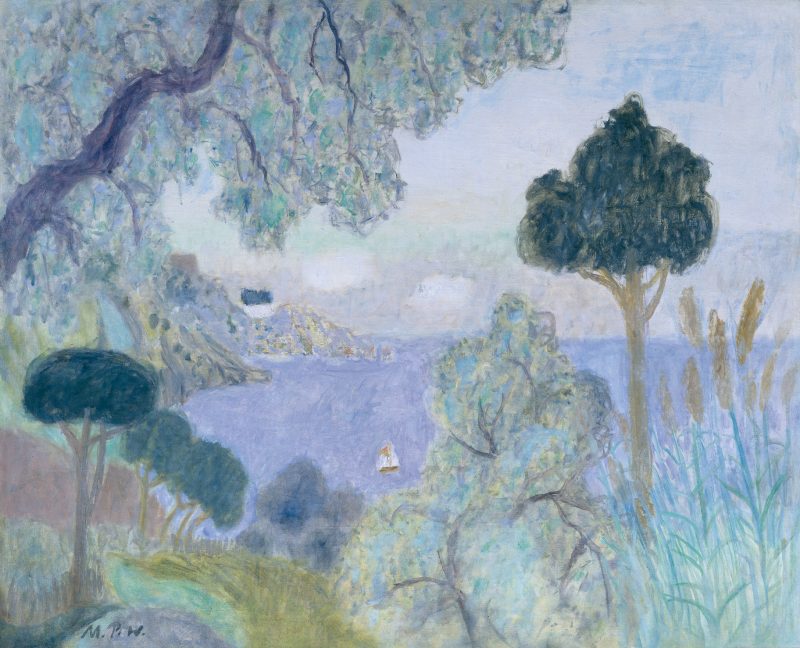1937–1940

The political situation in Germany became palpably more oppressive in 1937, and a mailman warned the artist’s stepfather that the artist’s mail was being read. Peiffer Watenphul then sought in vain to emigrate to England and France. Finally, in the autumn of 1937, he succeeded in going to Italy, where his sister Grace had married and where his brother-in-law could arrange for a residence permit.

In the course of the “Degenerate Art” campaign, Max Peiffer Watenphul’s paintings were removed from all major German museums, including those in the: Nationalgalerie, Berlin; Museum Folkwang, Essen; Wallraf-Richartz-Museum, Cologne; and the Kunsthalle, Mannheim. The flower painting from the Nationalgalerie in Berlin went into the “Degenerate Art” exhibition in Munich. This meant the end of any opportunity for the artist to exhibit in Germany.
Peiffer Watenphul went to Ischia in December of 1937, to the beautiful, then nearly unknown island off of Naples, which he had known and loved since 1936. Many German painters came there over time, including Werner Gilles, Rudolf Levy, and Eduard Bargheer, as did the composer Gottfried von Einem. It was a happy time for Peiffer Watenphul, and he created many paintings. Now and then he would interrupt his stay on Ischia with short trips to Cefalù, or would go to Latina, where his sister Grace lived at the time, where his painting was inspired by the medieval sites on the hinterlands of the pontifical plains, Ninfa, Sermoneta, and Norma. His stepfather’s death in 1940 was a painful disruption.
